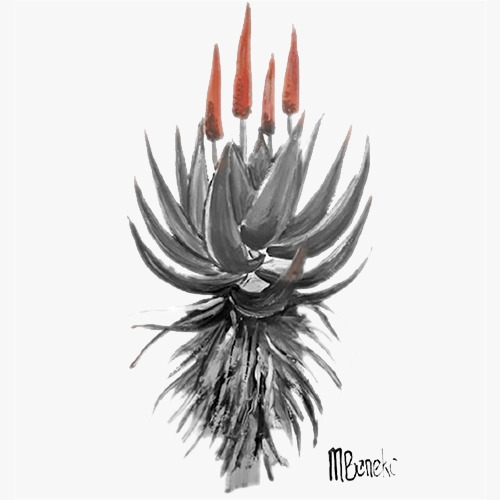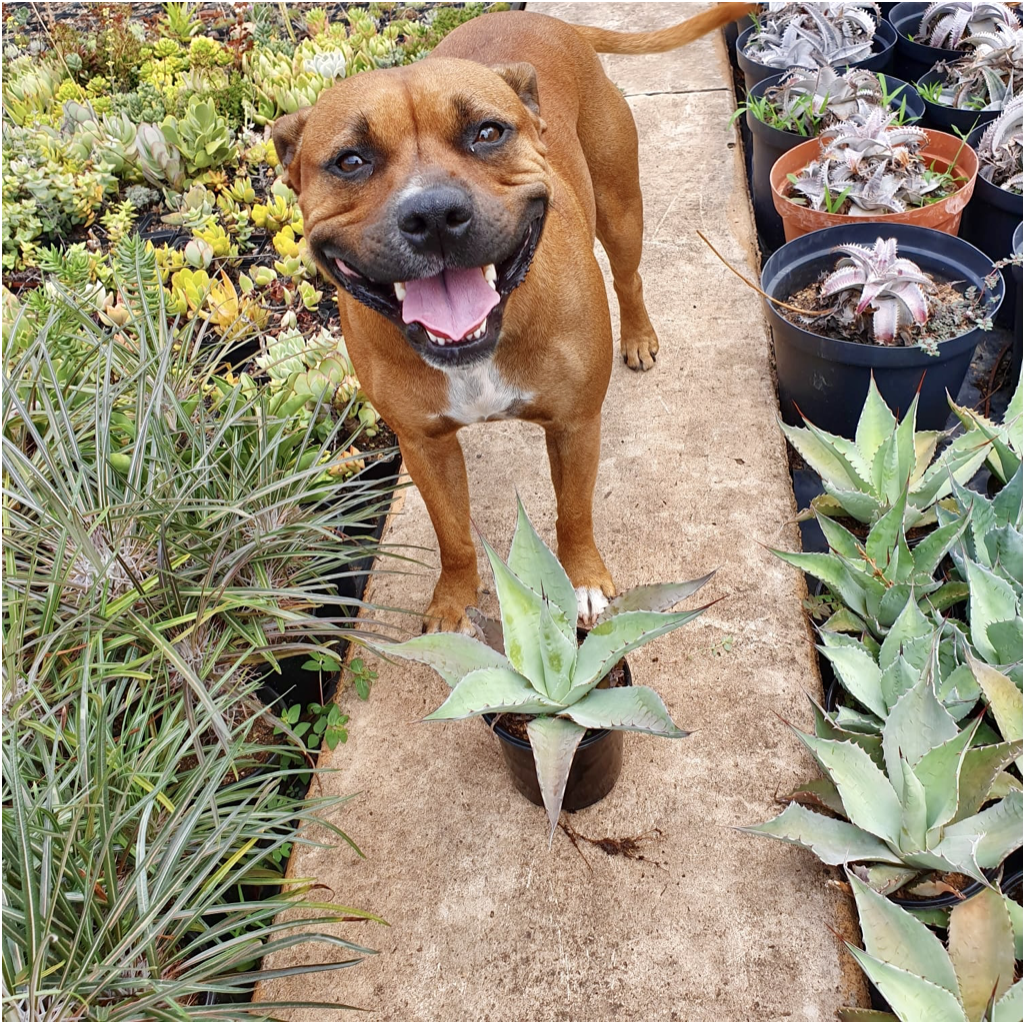Gasteria armstrongii
Gasteria armstrongii – The Flat-Leaf Tongue
Common Characteristics:
Gasteria amabala is a distinctive succulent with thick, fleshy leaves arranged in a rosette or distichous (two-ranked) pattern. The leaves are generally smooth or slightly textured, often featuring mottled green surfaces with pale markings or stripes, enhancing their ornamental appeal. The plant produces tubular, pendulous flowers that are usually pink or orange and appear on tall, slender stalks during the flowering season.
Native Range:
Gasteria amabala is endemic to South Africa, specifically regions with rocky terrain and semi-arid conditions. It thrives in the understory of thickets or in
Gasteria armstrongii is a compact and slow-growing succulent. It forms small rosettes of thick, triangular leaves that are dark green to nearly black. The leaves often have a smooth or slightly textured surface and may display faint mottling or pale spots, enhancing their aesthetic appeal. This species remains petite compared to other Gasteria, making it highly sought after for small spaces and collections. During the flowering season, it produces tubular, pinkish-red to orange flowers on slender stalks.
Native Range:
Gasteria armstrongii is native to the Eastern Cape of South Africa, where it grows in arid, rocky environments. It thrives in partially shaded areas under shrubs or within crevices that provide some protection from intense sunlight.
Care Tips:
- Light: Prefers bright, indirect light or partial shade. Intense, direct sunlight can cause leaf discoloration or burns.
- Water: Water sparingly, allowing the soil to dry out completely between waterings. Overwatering should be avoided as it can lead to root rot.
- Soil: Grows best in a well-draining soil mix, such as one designed for cacti and succulents. Adding grit or sand helps improve drainage.
- Temperature: Thrives in temperatures between 60-80°F (15-27°C) and does not tolerate frost. Protect from cold drafts and freezing temperatures.
- Feeding: Fertilize during the growing season (spring and summer) with a diluted succulent fertilizer every 4-6 weeks. Avoid fertilizing in winter.
- Propagation: Propagated through offsets or leaf cuttings, but growth is slow. Patience is key!
Unique and Special:
Gasteria armstrongii stands out due to its compact size and striking, nearly black foliage, making it a gem for succulent collectors. Its natural habitat is limited, making it a plant of conservation interest. Furthermore, its flowers attract pollinators, including birds and insects, contributing to its ecological significance.
rock crevices, where it is protected from direct sunlight.
Care Tips:
- Light: Prefers bright, indirect light to partial shade. Avoid intense, direct sunlight to prevent leaf scorching.
- Water: Water moderately, allowing the soil to dry out between waterings. Overwatering can lead to root rot.
- Soil: Requires well-draining soil, ideally a succulent or cactus mix with added sand or grit.
- Temperature: Thrives in temperatures between 60-80°F (15-27°C) and is not frost-tolerant.
- Feeding: Fertilize with a diluted succulent fertilizer during the growing season (spring and summer).
- Repotting: Repot every 2-3 years or as the plant outgrows its container.
Unique and Special:
What sets Gasteria amabala apart is its adaptability to low-light conditions, making it an excellent indoor plant for areas with limited natural light. Additionally, it has historical significance in South African traditional medicine and cultural practices, adding to its allure for enthusiasts and collectors.

